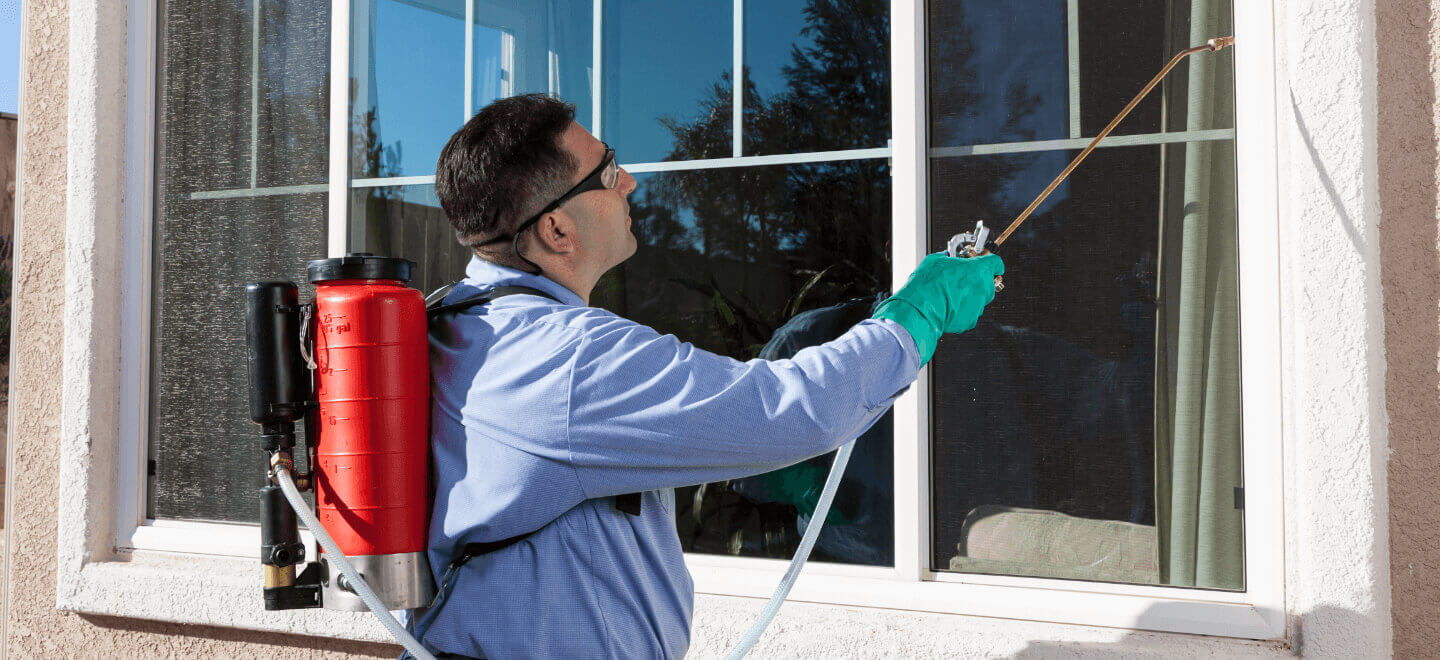Bed Insect Treatment Breakdown: Contrasting Chemical Vs. Non-Chemical Solutions
In the realm of pest control, particularly when dealing with the relentless concern of bed pests, the selection in between chemical and non-chemical treatment remedies can be an essential one. Both strategies supply unique benefits and disadvantages, affecting elements such as effectiveness, safety and security considerations, and total cost. By taking a look at the nuanced details of each approach, a clearer understanding of which course to pursue in dealing with a bed bug invasion can be achieved.
Effectiveness of Chemical Therapies
Chemical therapies for bed insect infestations have been extensively recognized for their quick and powerful effectiveness in getting rid of these insects. When taking into consideration the effectiveness of chemical treatments, it is important to understand that they can provide a extensive and fast remedy to a bed insect trouble. Expert pest control experts usually depend on insecticides to target bed bugs at various stages of their life process, consisting of nymphs, eggs, and grownups. These chemicals typically work by interrupting the bed pests' worried system, leading to paralysis and ultimate death.
Additionally, chemical therapies have the benefit of supplying recurring impacts, implying that they can continue to eliminate bed insects even after the initial application. This recurring activity is especially beneficial in combating any potential re-infestations. In addition, the fast action of chemical treatments can bring relief to individuals encountering serious bed bug invasions, enabling them to restore control of their living areas quickly.
Safety Issues With Chemical Solutions
One essential facet that requires careful consideration when making use of chemical solutions for bed bug therapy is guaranteeing the safety and security of residents and the environment. Direct exposure to specific chemicals utilized in bed bug treatments can lead to respiratory concerns, skin irritability, or various other negative reactions, specifically in people with pre-existing problems or sensitivities.
Furthermore, the environmental impact of chemical services is another substantial factor to consider. Some pesticides used in bed insect treatments might be unsafe to valuable bugs, wildlife, and environments if they leach right into the dirt or water systems. It is vital to utilize chemical treatments deliberately, following security standards, and taking into consideration less toxic choices to alleviate these dangers and guarantee the secure and efficient management of bed bug problems.
Benefits of Non-Chemical Techniques
Considering the possible safety and security worries and environmental influence related to chemical solutions for bed bug therapy, exploring non-chemical strategies presents an encouraging alternative with several distinctive benefits. Non-chemical approaches offer a much safer alternative for families, especially those with kids, family pets, or individuals delicate to harsh chemicals. These techniques remove the dangers of exposure to toxic substances, minimizing the possibility for negative health effects. In addition, non-chemical therapies are ecologically friendly, as they do not contribute to air or water contamination, making them a sustainable option for parasite control.
Additionally, non-chemical solutions can be effective in targeting bed pests, consisting of hard-to-reach locations where chemical therapies may not penetrate. Methods such as heat treatment, vacuuming, vapor cleansing, and bed mattress encasements offer detailed eradication without the use of damaging chemicals. Furthermore, non-chemical methods can be less turbulent, requiring minimal prep work and enabling quicker reentry into dealt with areas. Overall, going with non-chemical bed pest therapy techniques not only prioritizes safety and security and environmental management yet likewise makes certain effective and comprehensive pest control.
Limitations of Non-Chemical Treatments

In addition, non-chemical treatments often need numerous applications to attain successful eradication. This can be taxing and may not always assure total elimination of all bed pests and their eggs, particularly in hard-to-reach or covert places.
Additionally, the success of non-chemical therapies heavily relies upon proper execution and thoroughness, which can be challenging for people without expert expertise. Insufficient application of non-chemical methods might result in insufficient eradication, bring about relentless problems and the need for extra therapies.
For that reason, while non-chemical therapies have their benefits, it is important to acknowledge these restrictions and consider them when figuring out one of the most effective strategy for handling bed pest infestations.
Expense Contrast: Chemical Vs. Non-Chemical Options
Offered the limitations related to non-chemical therapies, a necessary facet to evaluate in the context of bed insect administration is the expense contrast between chemical and non-chemical options. Chemical treatments typically involve the application of pesticides by specialists, which can vary from $250 to $900 per space, relying on the severity of the infestation and the size of the area to be treated. On the other hand, non-chemical therapies like warmth treatment or steam can be a lot more pricey, with prices ranging from $1,000 to $6,000 for an entire home. While the first expense of chemical treatments might appear lower, numerous therapies might be needed to completely remove the problem, possibly increasing the overall expense. On the various other hand, non-chemical alternatives might give a more lasting and green remedy, although they can be cost-prohibitive for some individuals. Ultimately, when thinking about the price of bed pest therapy alternatives, it is important to evaluate the in advance expenses against the performance and long-lasting sustainability of the selected technique.
Conclusion

Taking into consideration the potential safety concerns and ecological effect associated with chemical remedies for bed insect therapy, checking out non-chemical strategies provides a promising alternative with a number of distinct benefits.Given the restrictions associated with non-chemical therapies, a necessary aspect to evaluate in the context of bed pest management is the cost comparison in between chemical and non-chemical options. In comparison, non-chemical treatments like warm treatment or heavy steam can be much more expensive, with costs varying from $1,000 to $6,000 for a whole home. While the preliminary cost of chemical therapies might seem lower, numerous therapies might be called for to totally get rid of the infestation, potentially increasing the overall cost.In final thought, when contrasting chemical and non-chemical bed insect treatment alternatives, it is necessary to consider performance, safety, advantages, restrictions, and cost.